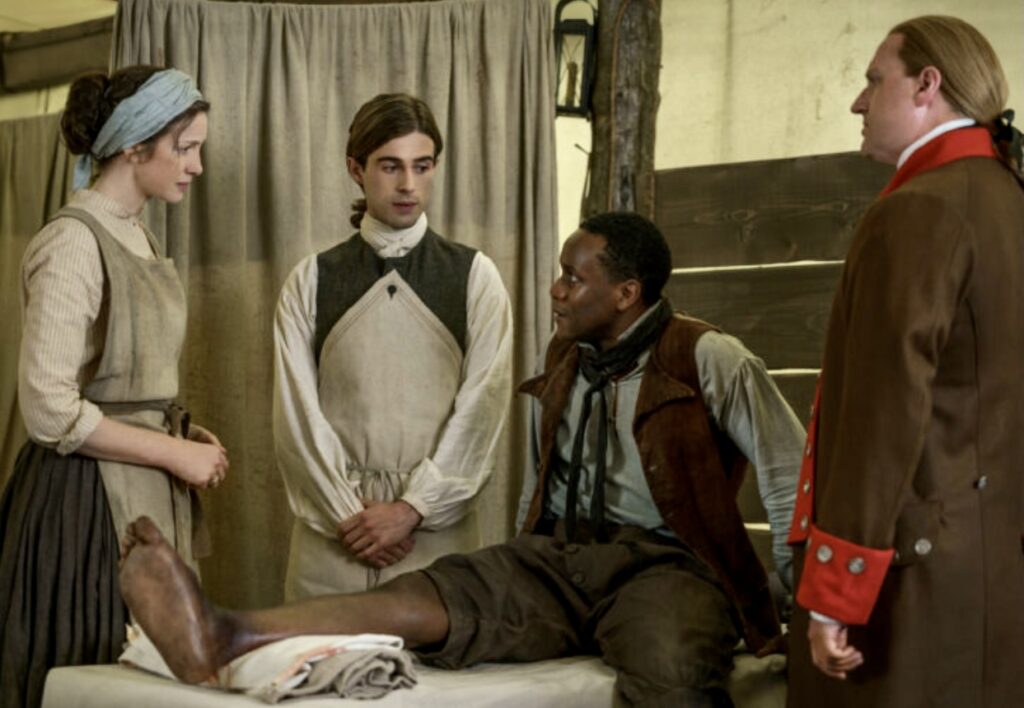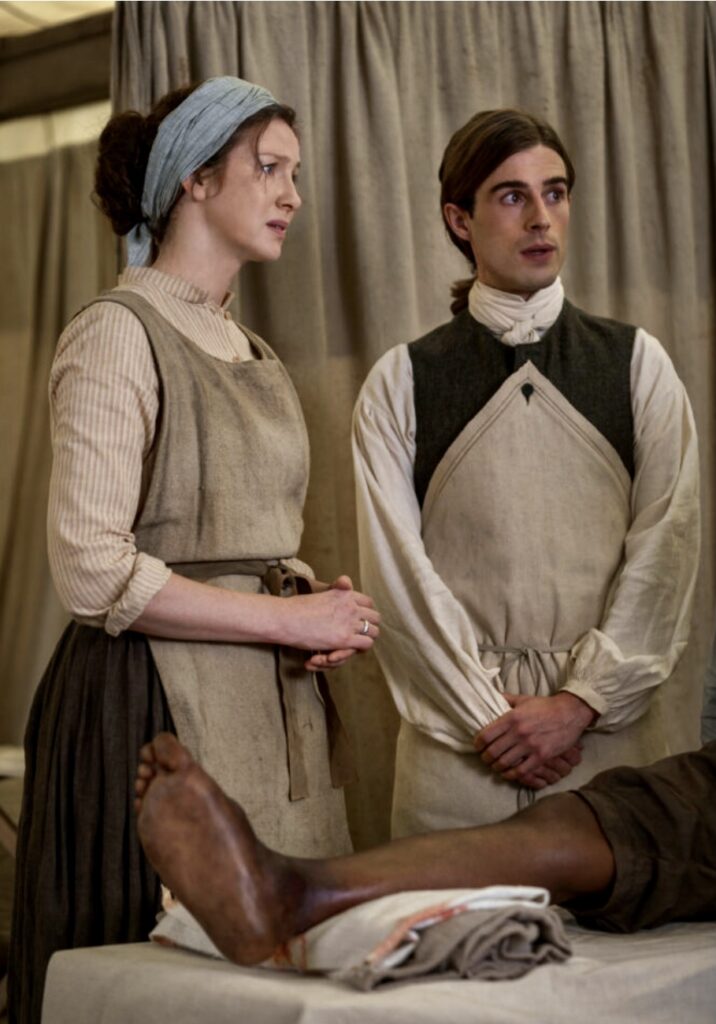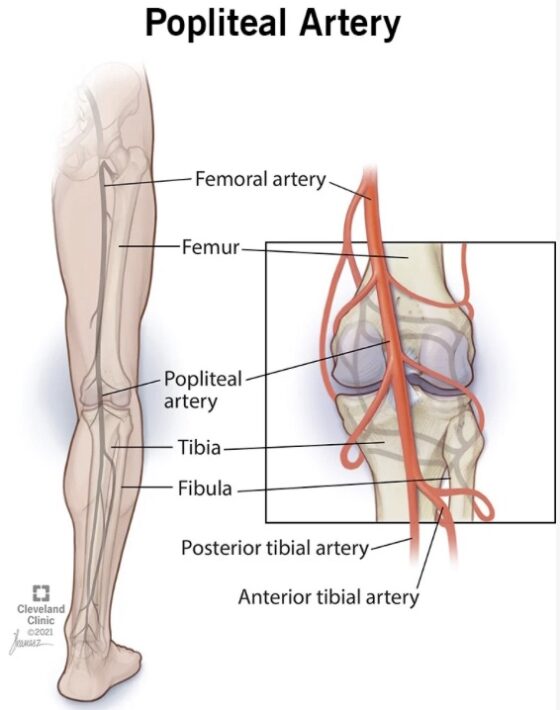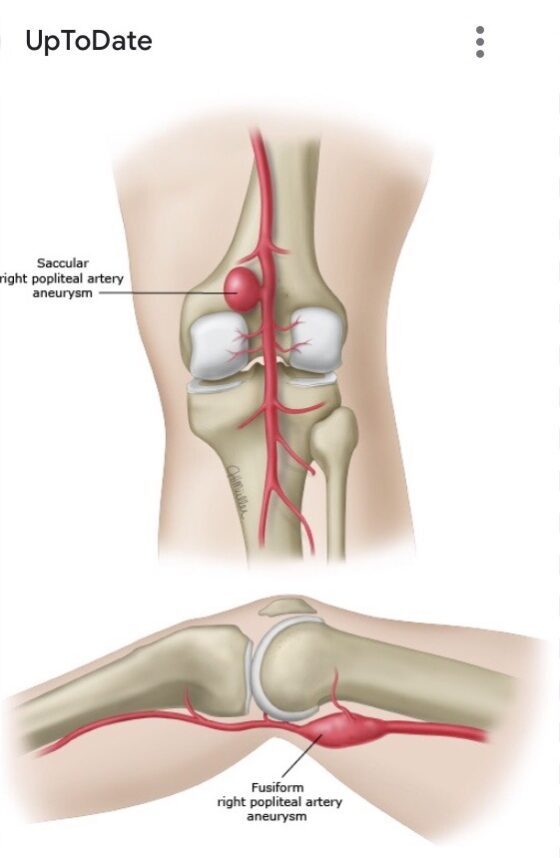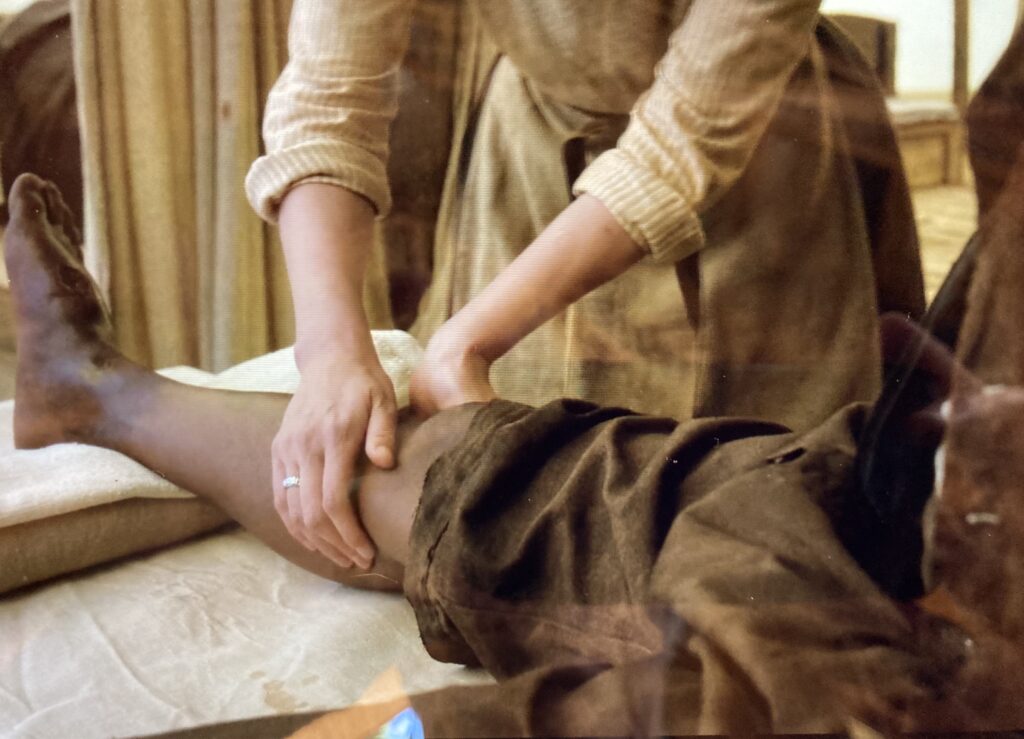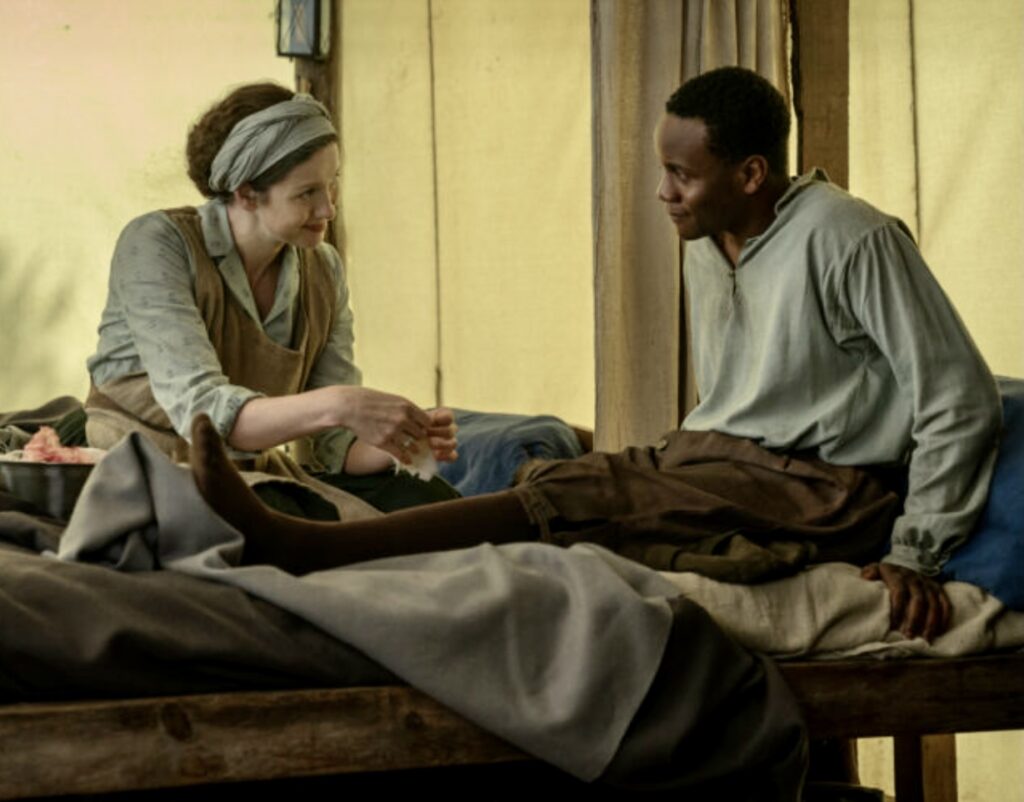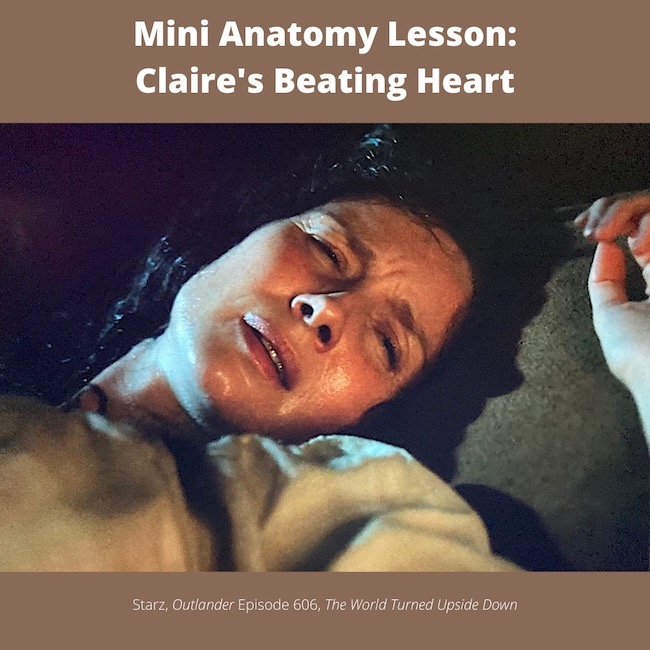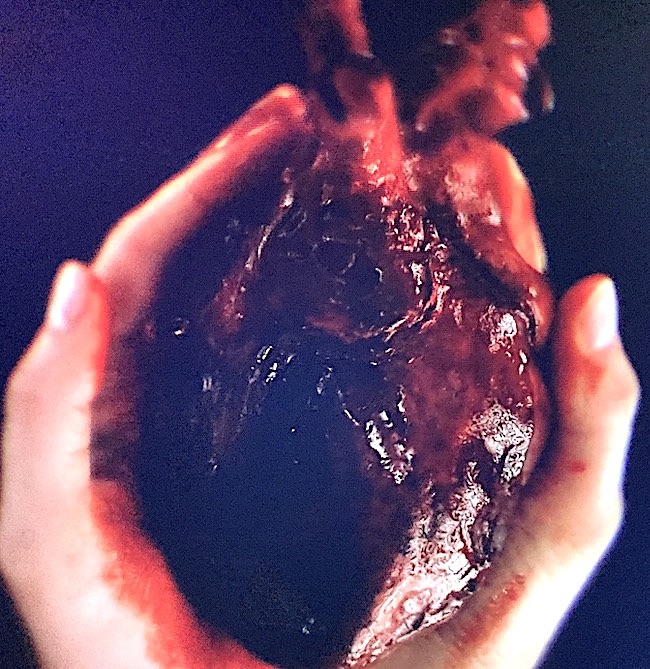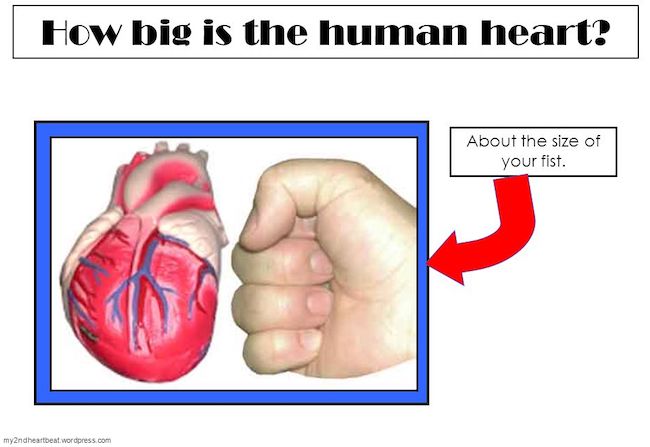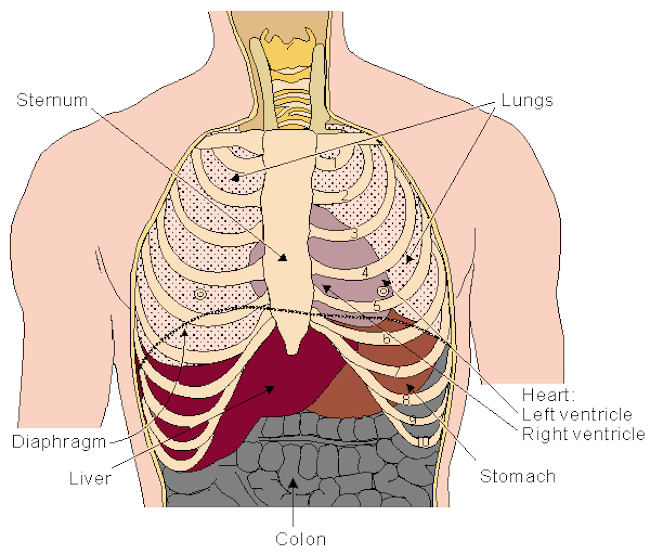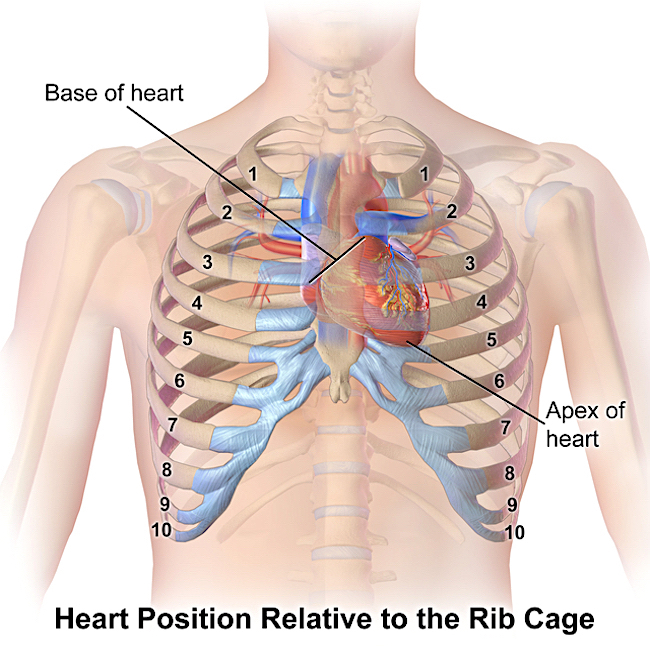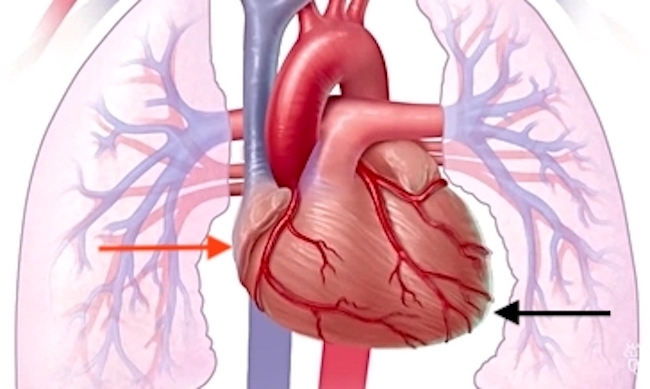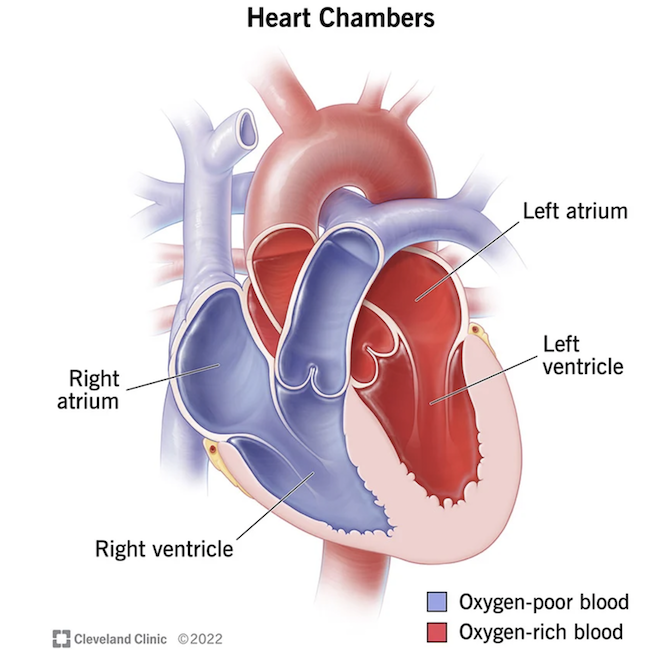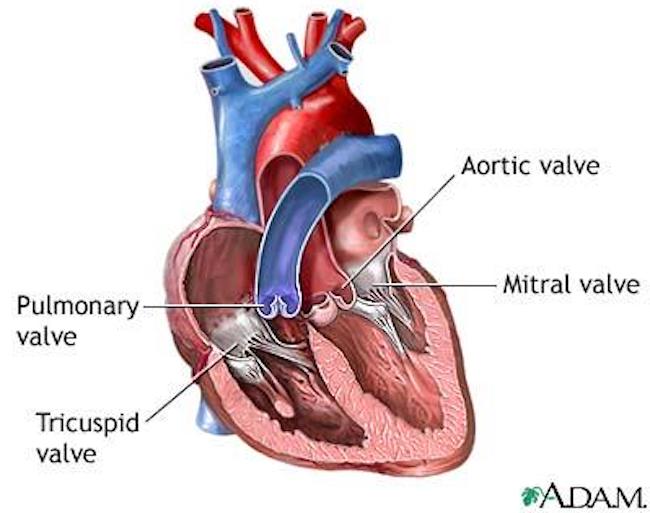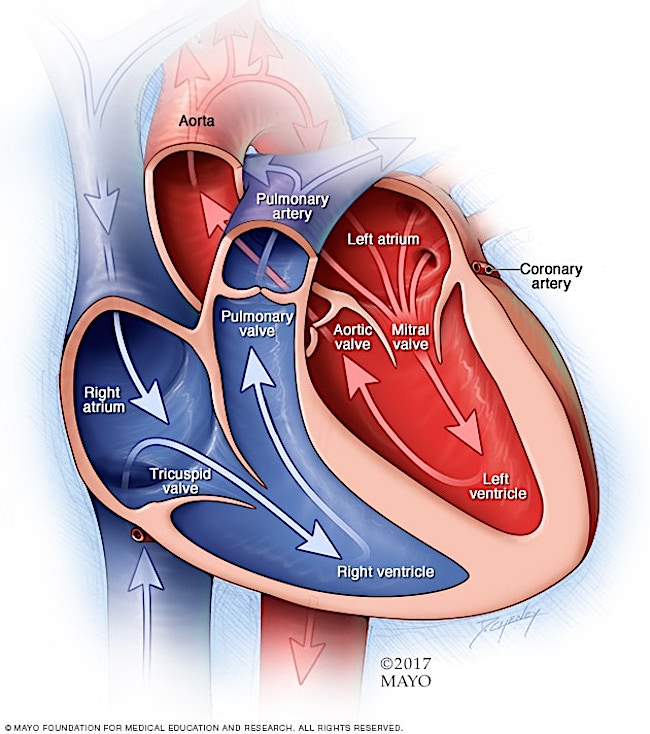Hello, anatomy students!
Good to see you again so soon. 😉
Today’s lesson explores the horrific circumstances leading to an intended amputation of William’s forearm.
Just so you know what to expect, this lesson does contain a number of rather gruesome images!
William’s wound appears in Outlander episode 704, “A Most Uncomfortable Woman.”
A short recap: William hastily rides through the Great Dismal Swamp. His steed, Jupiter, is startled by a snake, which looks very much like a copperhead to me!
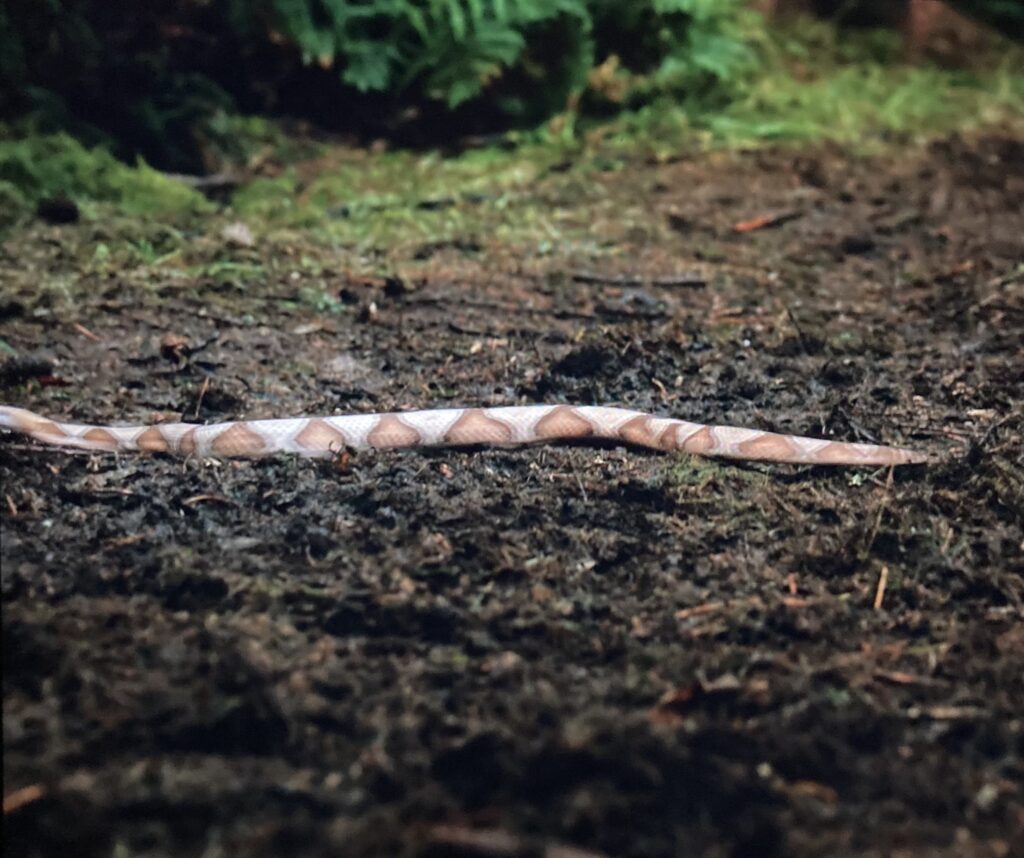
Jupiter unseats William who tumbles down a steep hillside hitting a fallen tree snag during his rapid descent.
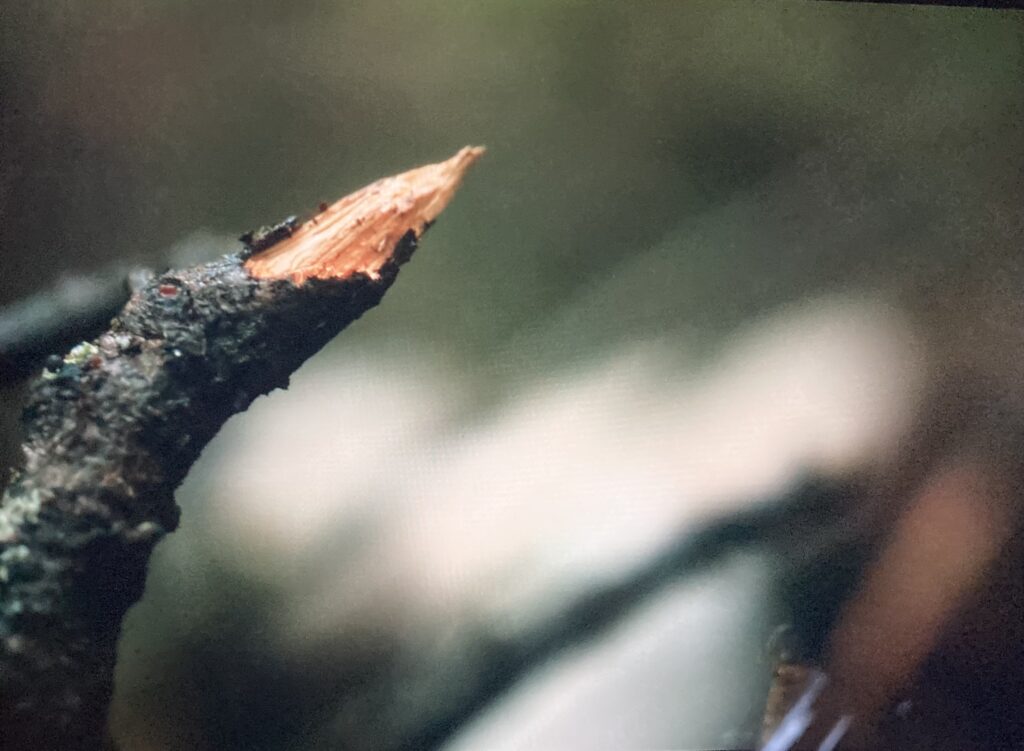
As William comes to rest, he assesses the damage to his arm. Oh, dear,! A branch broke off the snag and buried itself into his right forearm. Ouch! 😱
Being of Fraser blood, he grits his teeth and pulls it out! 😬 Then, using his stock as a bandage, he wraps the wound under pressure and moves forward with his mission. This time, on foot, as Jupiter has hightailed it leaving William alone and without supplies or the notes from Captain Richardson! 😳
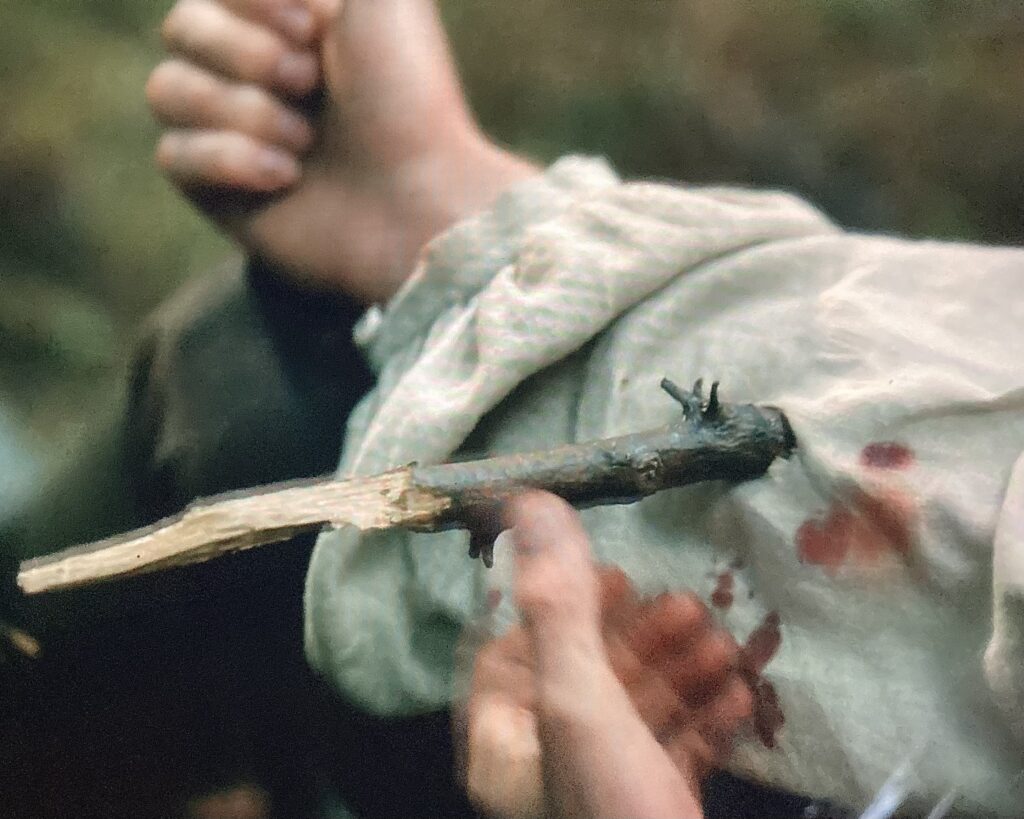
Later, he hears a sound. Looking up, he spies an “Indian” who speaks a Scot’s version of the King’s English. 😜 Wolf’s Brother (Ian Murray Jr.) in the flesh!
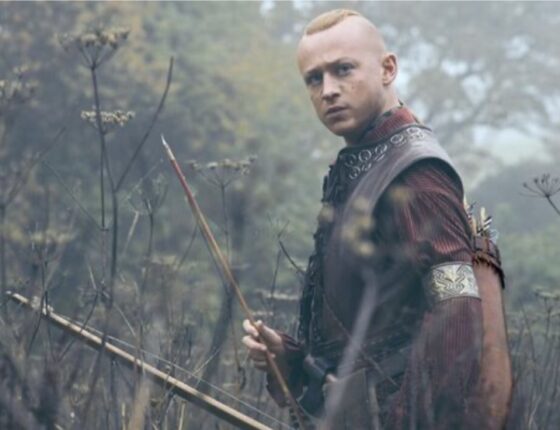
A very nice chit-chat ensues as they exchange bona fides. Then Ian spies Williams’s wound. Um….best get that taken care of. Because, by now that oozing wound looks pretty yucky! 🤢
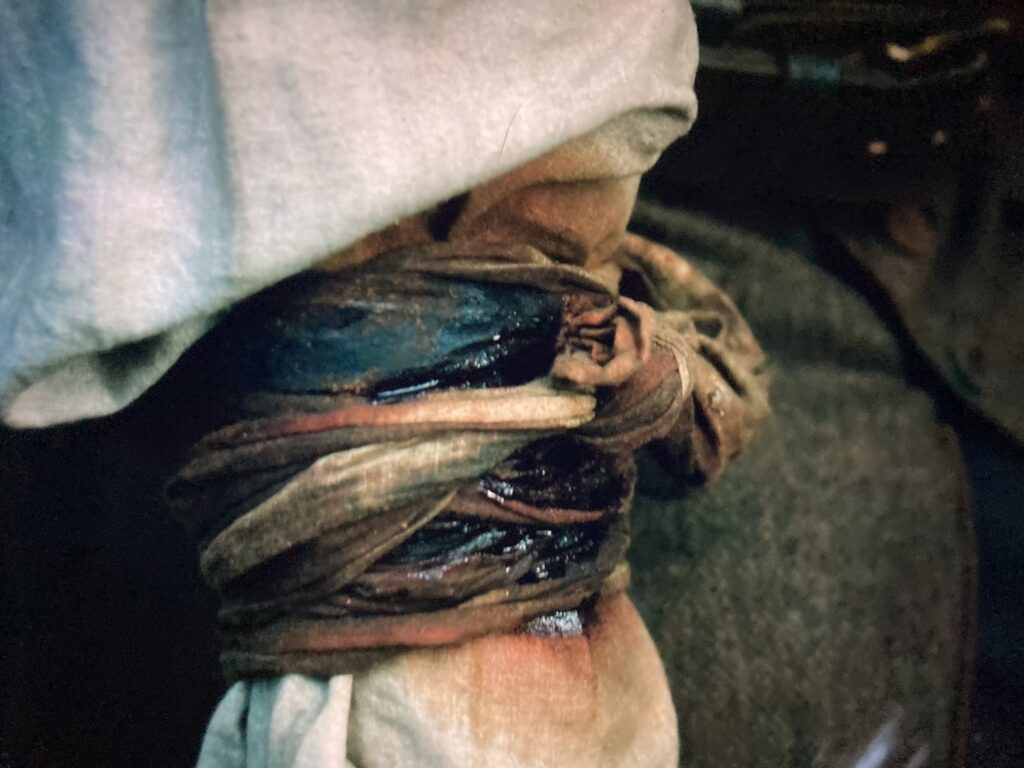
Ian sets about building a wee fire and boils a pot of water. Then he crouches beside William, pulls his knife from its sheath, and begins to free the wound of several splinters. Ouch! 😮
The blood clots are well done. 👍🏻
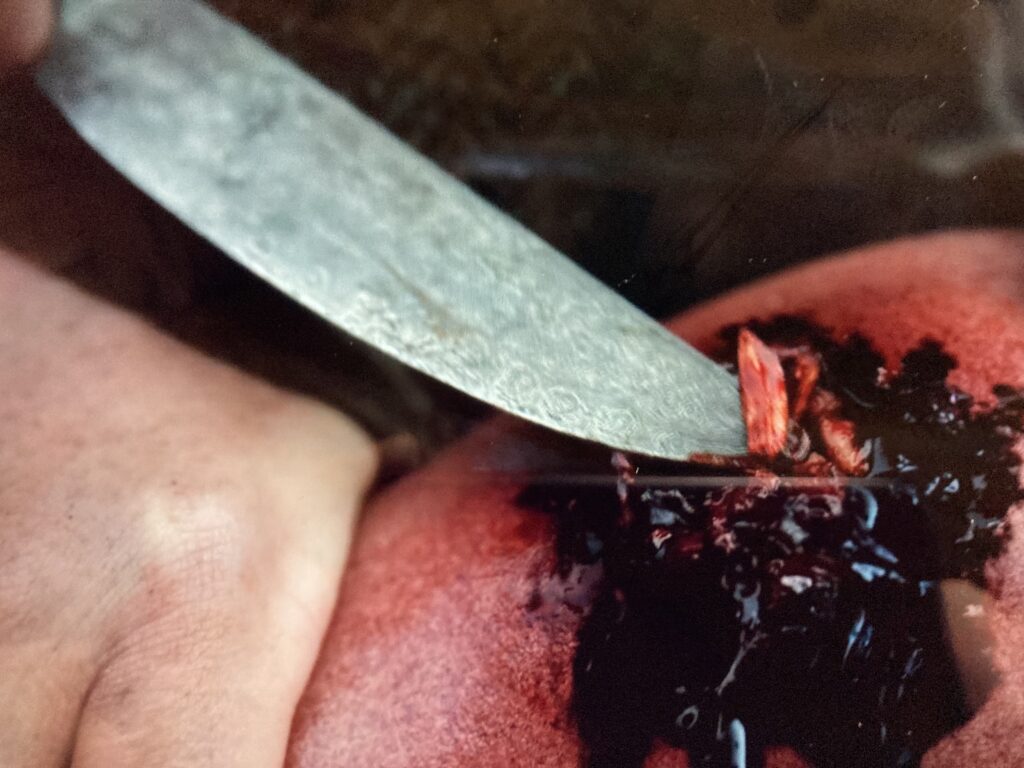
Then he pours boiling/hot water over the wound to try to cleanse and perhaps sterilize it? Oh, boy, that hurts! 🤯
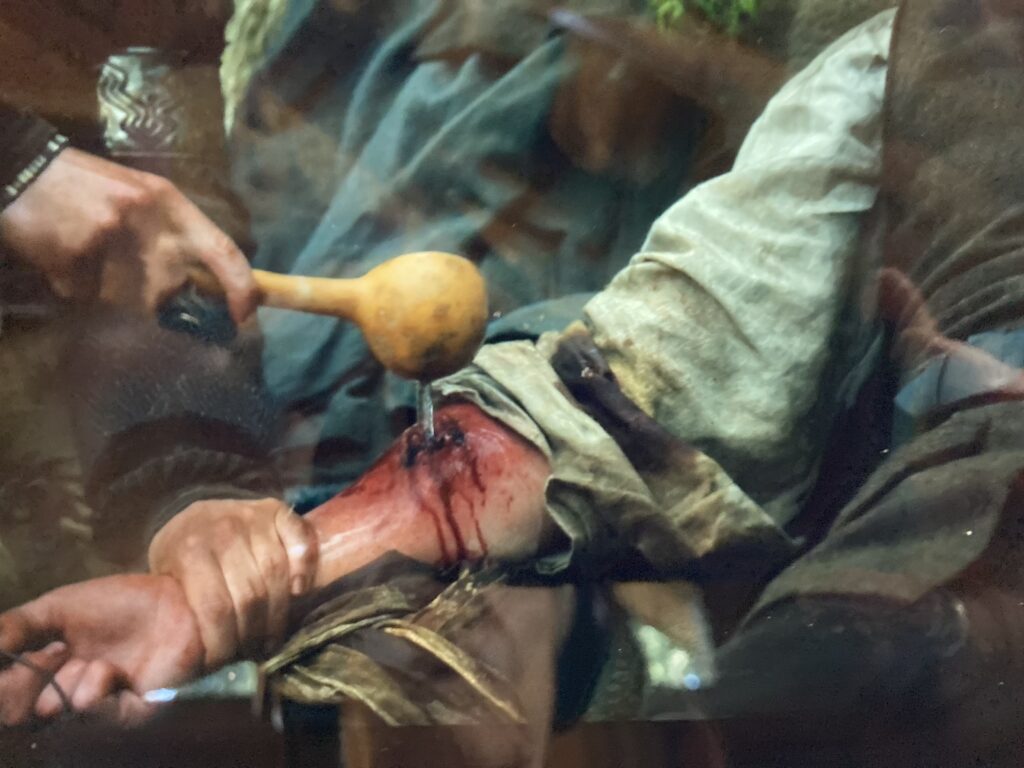
Ian hustles William to the cabin of one Dr. Denzel Hunter and his sister, Rachael. They help William onto a table and Denzel takes a quick keek. Oh, dear, that looks bad. Rachael, fetch me the saw!
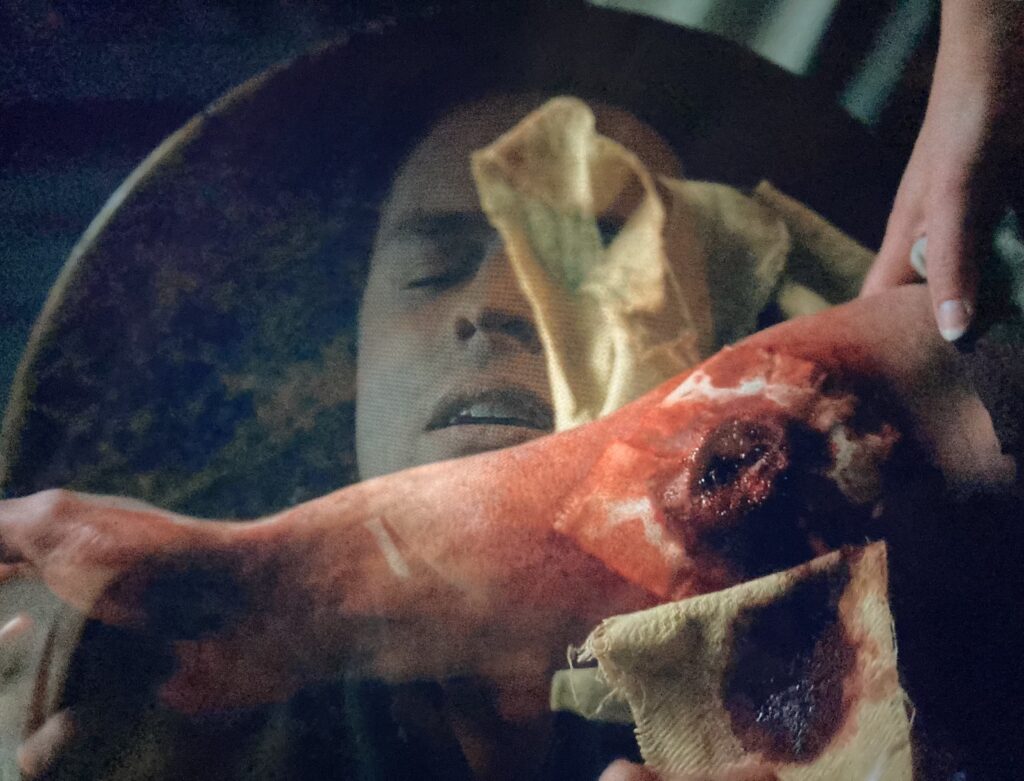
After some protestations from Ian and William (it is his forearm, after all!), Dr. Hunter begins to saw. Suddenly, pus oozes from the wound and Denzel declares that the bile has been freed and there will be no need for a hack job today! 🪚
Much later, Williams shares his travail with fellow soldiers. Here, from “A Breath of Snow and Ashes:”
“Wandered round the Great Dismal Swamp for three days in a fever,” he said. “Some … Indians found me and got me to a doctor. I nearly died, and”–he lowered his brows and gave Zeb a piercing look–“the doctor was just about to cut off my arm, when the abscess burst and he cauterized it. You might not be so lucky, hey?”
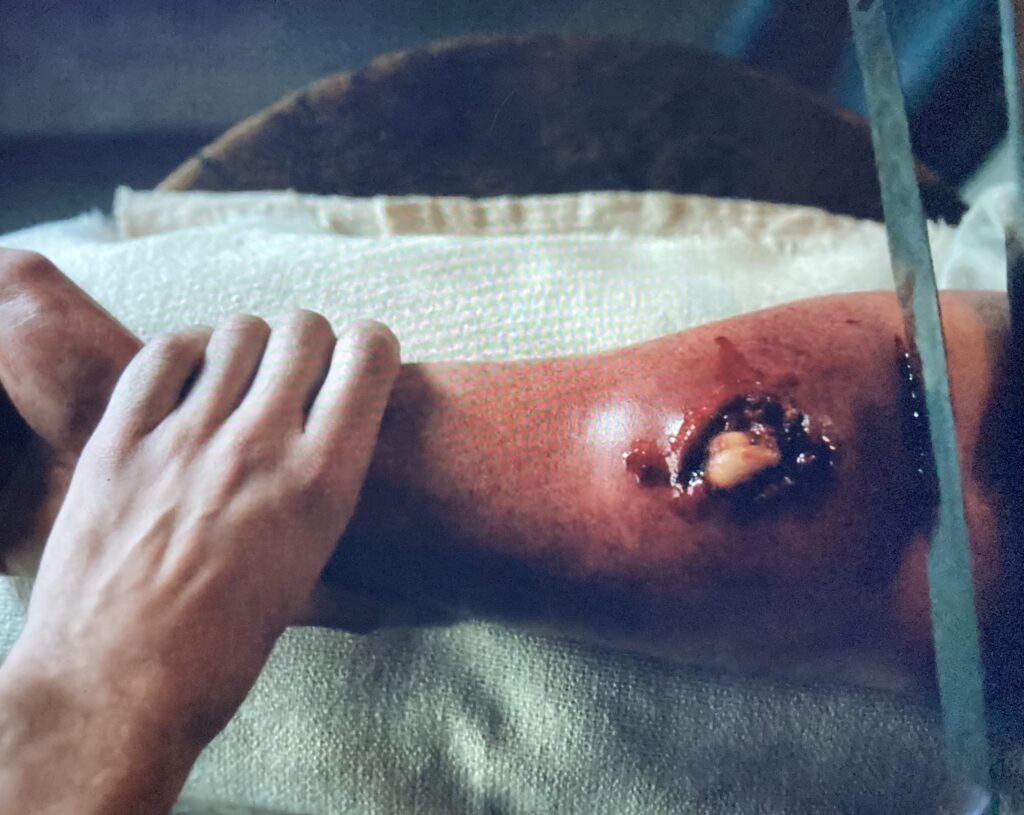
Sometime later, Rachel tells William his scar has healed well. It looks like the star that guided the wisemen to the Christ child and it suits him. In the book, his scar looks like a comet.
A quote from “A Breath of Snow and Ashes:”
‘The wound was still red and puckered, the skin around it unpleasantly white and moist. It was, however, undoubtedly healing; the arm was no longer swollen, and the ominous red streaks had disappeared. “Well,” she said consideringly, “it’s a fine scar, I think. Well knit, and rather pretty.”
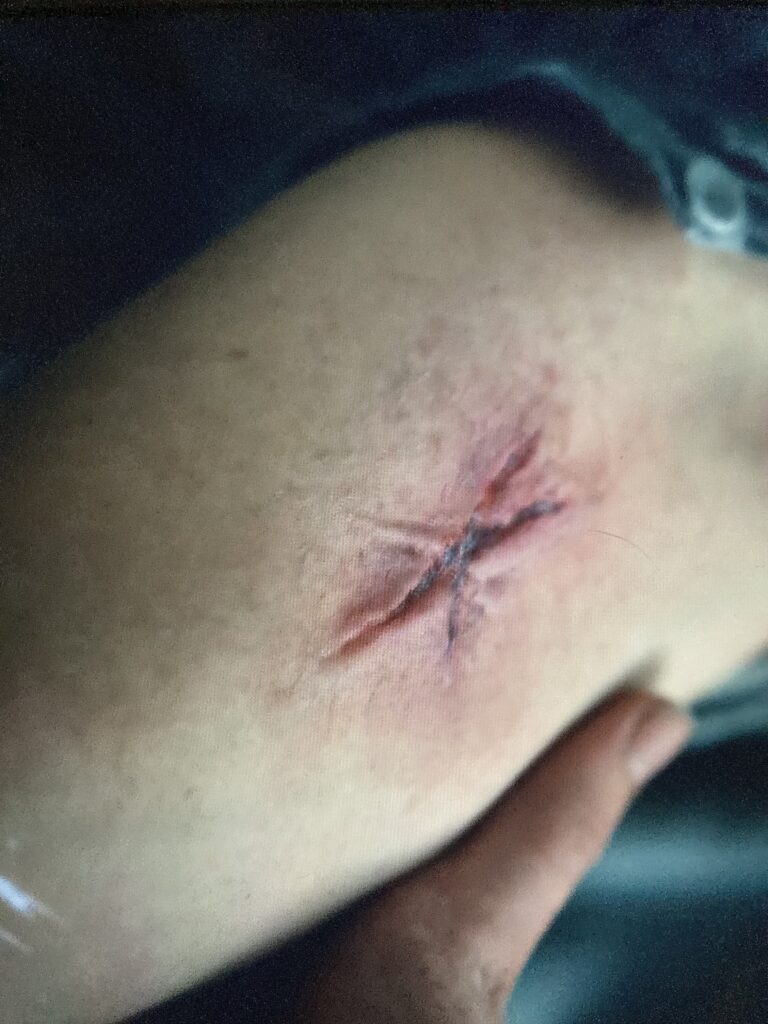
Anatomy and Pathology: Now that the recap is over, let’s discuss the pathology of William’s wound. You may recall, that pathology, which literally translates to “knowledge of sorrow,” is abnormal anatomy, so we are not far off the mark. 🤓
I propose we review one issue at a time, so here we go!
The Accident: I have been asked if I think the accident was plausible. My short answer is, yes. My reasoning is that William is a large man, rolling downhill, rapidly. All that weight with an extended arm and yes, it is possible. 🤔
Believe it or not, this issue is covered by Newton’s (next image) second law of motion which states that F = ma, in which net force is equal to mass times acceleration due to gravity.
Stated more plainly, the force with which William’s extended arm struck the wooded spike equals William’s mass times acceleration rolling downhill.
I asked my physicist son, Diedrich, to help with variables such as hypothetical mass, rate of descent, incline, size of branch, etc. He did the calculations and William struck the branch with roughly 163 ft-lbs of force! Consider that this force was expended onto a stick no more than 1” in diameter. Well, suffice it to say, that force is more than sufficient to snap the branch, break the skin, pierce the muscle, and even fracture one or both forearm bones (radius and ulna)! 😱
Make sense? Gooood! 🤗
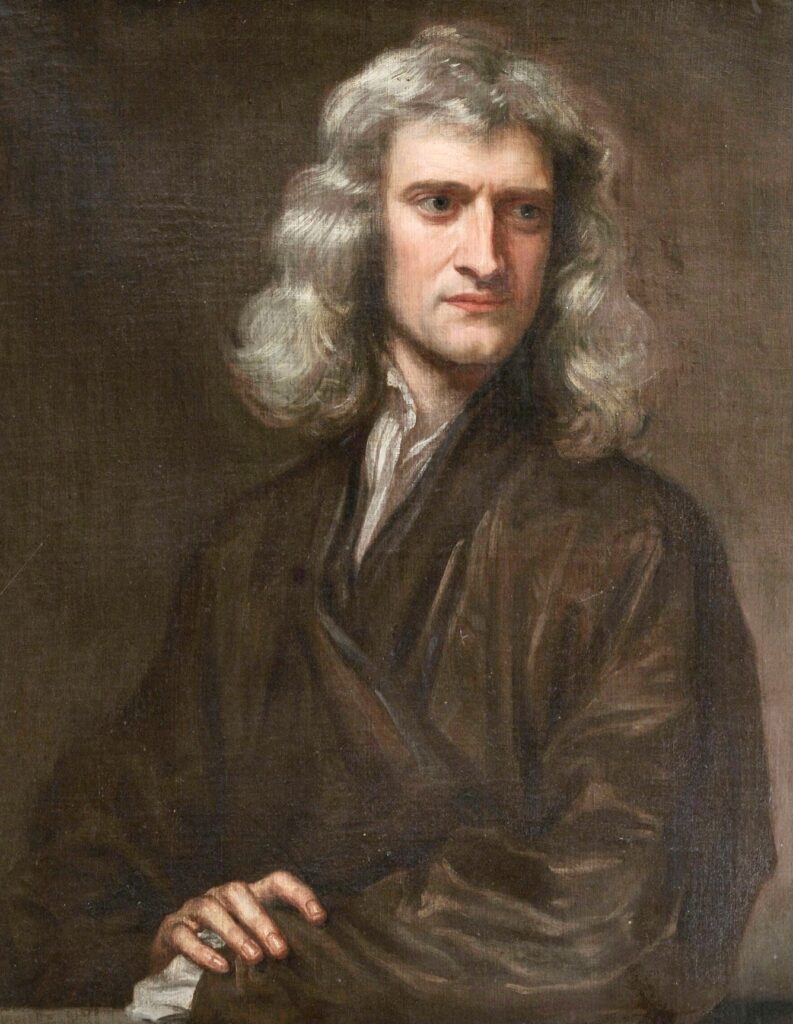
Penetrating Wound: Poor William suffers what pathologists categorized as a penetrating wound. This occurs when a sharp object pierces the skin and creates a single opening into either tissues or a body cavity. Clearly, there is one wound and the tissues in this instance are the meaty flexor muscles of his forearm. 💪🏻
Our flexor forearm (the palm side) houses eight muscles (15% of us have only seven). The spike would have driven deep into probably 2-3 of these muscles. This means any bacteria or other pathogens on the swampy branch would have sunk deeply into the tissues. This is why the wound became infected.
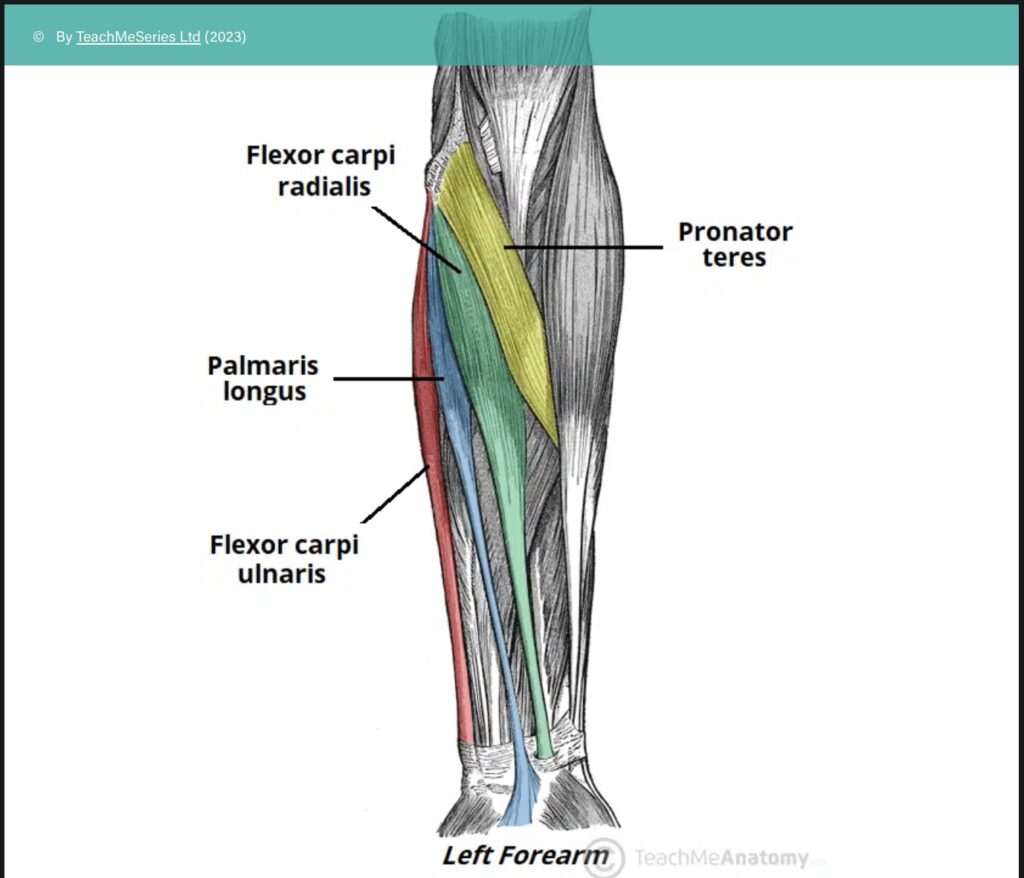
Inflammation: Ian unwraps William’s arm and spies a swollen,red, painful wound that will feel hot to the touch. These are four of the cardinal signs of acute inflammation, the body’s common response to injury and infection.
Inflammation is heralded by five cardinal signs, four were described 2,000 years ago by Celsius. These are:
- rubor (redness)
- calor (heat)
- tumor (swelling)
- dolor (pain)
and….
- functio laesa (loss of function) the fifth cardinal sign was added 200 years later by Galen, surgeon to Roman emperor, Marcus Aurelius.
Does William’s Wound show all five cardinal signs of acute inflammation? Well, yes, yes it does! It is painful, swollen, red, hot, and he has lost normal use of the forearm.
A current day example: The image below shows acute inflammation of the great toe (hallux) due to an ingrown toenail. The toe is red, swollen, warm, sore, and difficult to use.
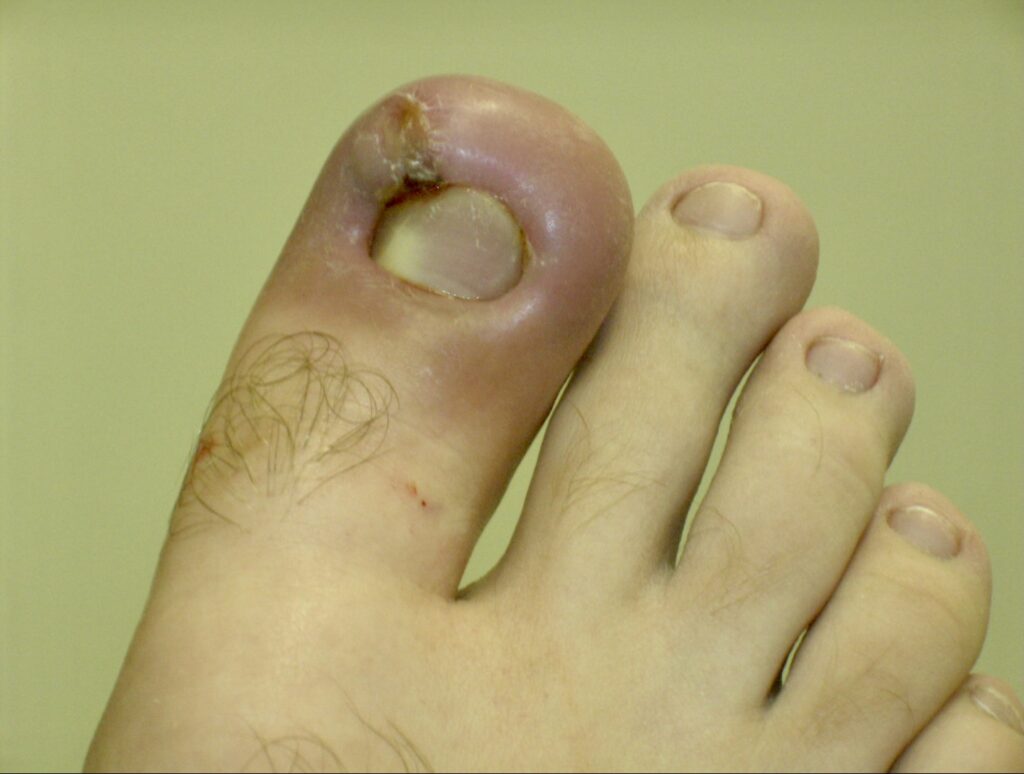
Cleaning the Wound: I have to say, Ian was caring and compassionate to clean the splinters from William’s Arm.
But, I must protest! Ian has seen Auntie Claire take care of enough trauma to know that he should either cauterize that knife tip in the fire, or plunge it into the boiling water for a bit. Inserting the tip of a dirty blade will introduce more pathogens into the already infected wound!
And, pouring boiling/hot water into the wound? That isn’t much help, either and was traumatic for William. Much better to let the water cool a bit and then cleanse the wound with the “sterilized “ liquid.
The amputation: When I saw this, I thought. Um……No! Denzel grabs his amputation saw and starts sawing away on William’s arm! Now, this enactment exactly follows what is recorded in “A Breath of Snow and Ashes:”
He had—he was told sometime after the fact—narrowly escaped loss of the arm: Dr. Hunter had grasped it and placed his amputation saw just above the wound, only to have the abscess that had formed below it burst in his hand. Seeing this, the doctor had hastily drained the wound, packed it with garlic and comfrey, and prayed—to good effect.
It was very dramatic, but you should know that a doctor with training like Denzel’s would not start sawing on skin. The saw teeth will rip and tear skin and muscle causing even more pain and morbidity for the patient. Instead, a practitioner used an amputation knife to slice the flesh around the bone and then saw through the bone. Below is an example of a typical amputation knife and an amputation saw of the time. 🔪🪚
As horrifying as this sounds, a capable practitioner could remove a limb very swiftly this way, reducing the trauma to the sufferer.
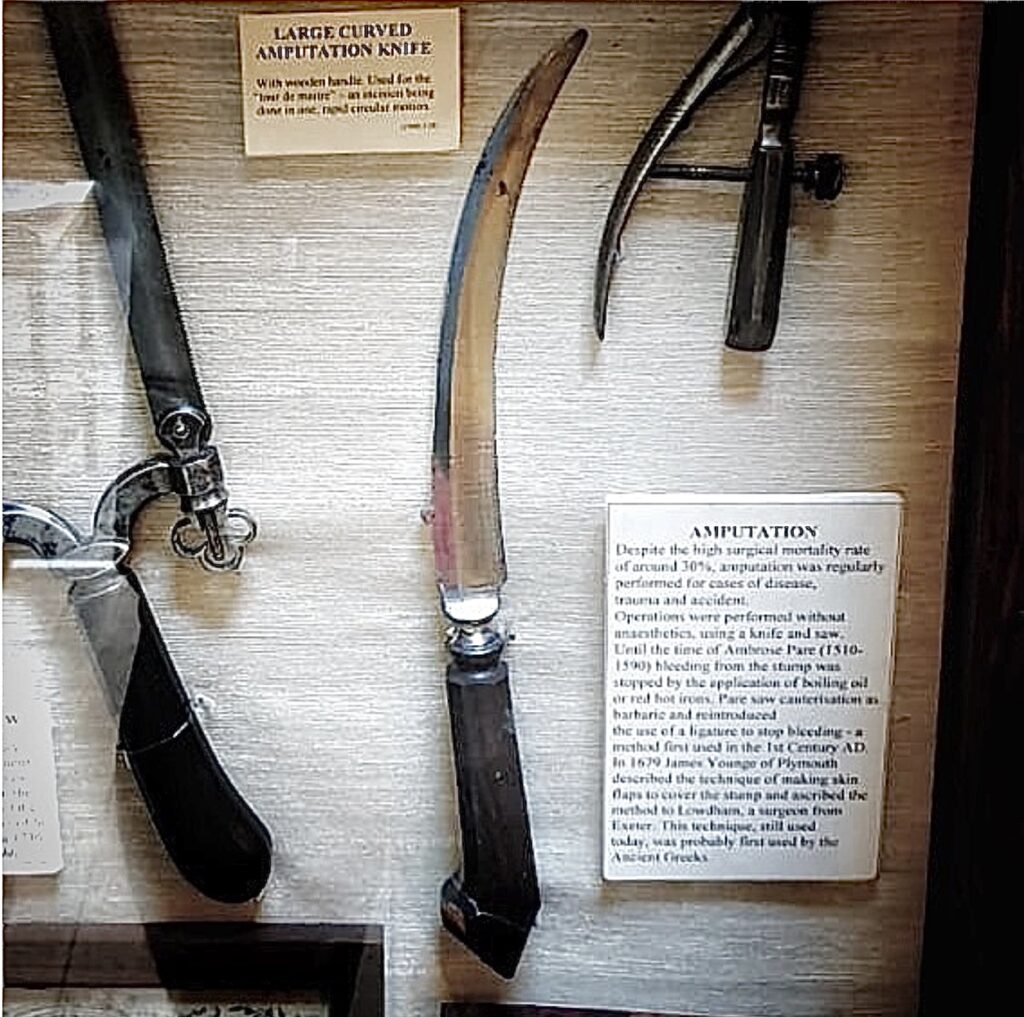
Finally, as Denzel puts pressure on the limb, pus bursts from the deep lying abscess. After removing the pus, the wound was carefully cleaned and wrapped..
Pus is a thick yellowish or greenish opaque liquid produced in tissues infected with pyogenic bacteria such as Streptococcus or Staphylococcus (Not all infections elicit pus formation). Pus is formed of dead white blood cells, bacteria, tissue debris, and serum.
The term pus derives from the Latin and it has been used since the 14th C. Again, since Denzel is a well-trained physician, he would have likely used the term pus rather than bile.
Finally let’s consider William’s scar. Here, he recounts his travail to fellow soldiers…..from “A Breath of Snow and Ashes:”
Look,” he said, displaying the long, comet-shaped scar on his forearm. “That’s what happens when you get an abscess.”
Both Zeb and the doctor peered at the scar, impressed. It had been a splinter wound, he told them, caused by a lightning-struck tree.
Big, kudos to the FX folks. I thought the slightly reddened, puckered, and contracted scar was believable. Well done!
I hope you enjoyed this review of William’s Wound.
Until we meet again, fare thee well!
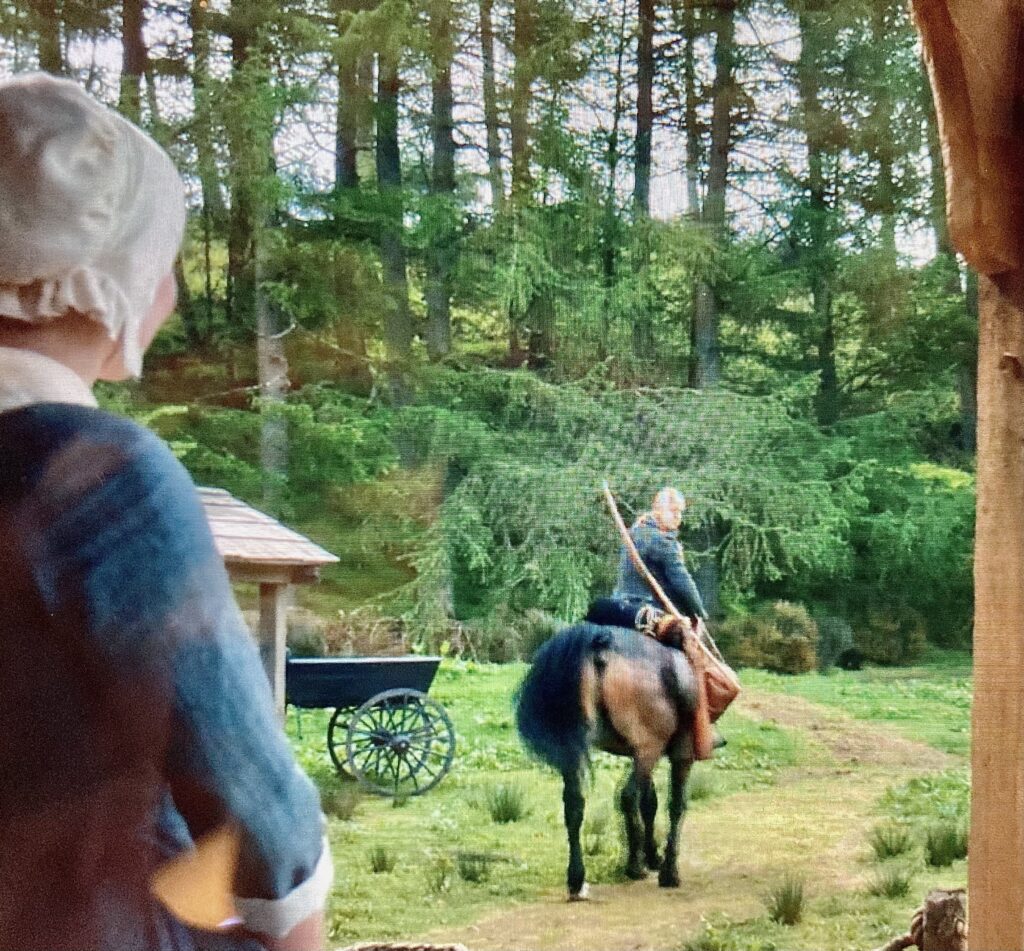
The deeply grateful,
Outlander Anatomist
Follow me on:
-
- Twitter: @OutLandAnatomy
- Facebook: OutlandishAnatomyLessons
- Instagram: @outlanderanatomy
- Tumblr: @outlanderanatomy
- Youtube: Outlander Anatomy
Photo creds: Sony/Starz, www.myclevelandclinic.org, www.en.Wikipedia.org, www.teachmeanatomy.info, www.teachmesurgery.com

